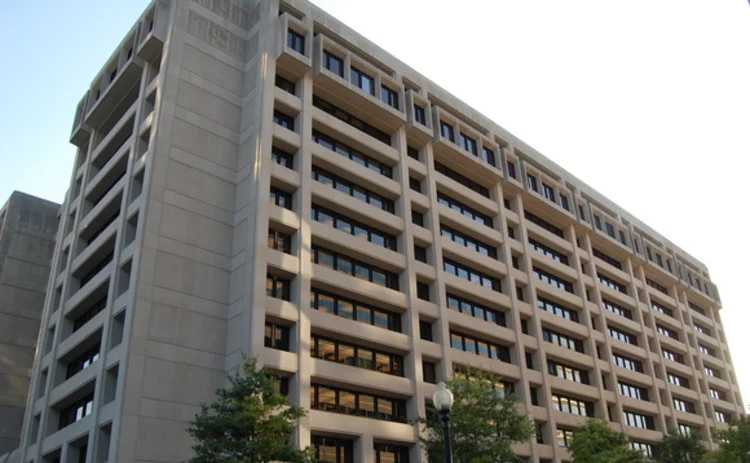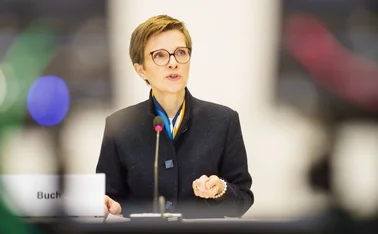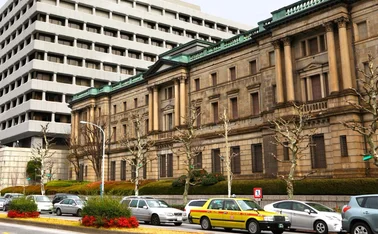
Credit booms fuelled by lax monetary policy: IMF paper

Loose monetary policy stances seem to have contributed to the build-up of credit booms across both advanced and emerging economies, according to an International Monetary Fund paper published on Friday.
Selim Elekdag and Yiqun Wu, the paper's authors, use macroeconomic and bank-level data to identify the external drivers that influenced the 99 credit booms that took place between 1960 and 2010. The authors say episodes of rapid credit growth, especially credit booms, tend to end abruptly
Only users who have a paid subscription or are part of a corporate subscription are able to print or copy content.
To access these options, along with all other subscription benefits, please contact info@centralbanking.com or view our subscription options here: subscriptions.centralbanking.com/subscribe
You are currently unable to print this content. Please contact info@centralbanking.com to find out more.
You are currently unable to copy this content. Please contact info@centralbanking.com to find out more.
Copyright Infopro Digital Limited. All rights reserved.
As outlined in our terms and conditions, https://www.infopro-digital.com/terms-and-conditions/subscriptions/ (point 2.4), printing is limited to a single copy.
If you would like to purchase additional rights please email info@centralbanking.com test test test
Copyright Infopro Digital Limited. All rights reserved.
You may share this content using our article tools. As outlined in our terms and conditions, https://www.infopro-digital.com/terms-and-conditions/subscriptions/ (clause 2.4), an Authorised User may only make one copy of the materials for their own personal use. You must also comply with the restrictions in clause 2.5.
If you would like to purchase additional rights please email info@centralbanking.com test test test







